Weed Lake, a Ducks Unlimited wetland just east of Calgary, is a popular spot for waterfowl from spring through to autumn and hosts thousands of birds at its peak. However, come November the shallow waters have almost entirely iced over and as a result all of the waterfowl have headed south. Or more correctly, almost all.
For at least the last two winters (including this one), a handful of ducks have hung around long after they would normally have been expected to depart. When I first checked the lake this winter in late November, there were at least ten birds and some slightly unusual species at that: namely a male Gadwall-Pintail hybrid, an Eared Grebe, a pair of male Ruddy Ducks, a wigeon and a couple of mallards and Common Goldeneyes (the latter two species being ‘expected’ winter residents).
So how are these birds surviving the harsh Calgary winter? For starters, there is a small patch of open water (maybe 20 meters long & across) in which they all reside & this gives them access to food. And based on my observations there seems to be enough to go around. Indeed, I watched the Grebe catch no less than 6 sticklebacks in 20 minutes!
The water was also regularly rippling & splashing with larger fish. And I’m assuming there must be suitable aquatic vegetation for the vegetarian birds.
As for the cold, I gather that ducks can regulate their temperature appropriately if the water they are in remains unfrozen. But relying on this open water when we still have two months of winter to go is certainly going to require a lot of luck. The size of the open water patch fluctuates with the temperature and after a recent visit after an extended cold spell (in the minus 15 to 20 degrees Celsius range), the patch size had probably shrunk by half.
The bigger question though is: why are the birds that don’t normally over-winter sticking around? Well, the answer it seems is because they have to. After my visit I went home & started going through all the images I had made, including some of my favourite ‘poses’ like the post-preen wing-flapping that most ducks seem to habitually do. It was then that I noticed what the issues were – most of these birds appear to be injured in some way…
The Grebe’s flight feathers are under-developed on one wing:
Similarly, both of the Ruddy Ducks were missing most of the flight feathers on one of their wings:
And as for the Gadwall-Pintail, I’m still not sure what its injury/ailment is but it has a pronounced limp and can’t fly (if you could call the duck’s scrambling, flapping attempts ‘flying’) more than a few meters at a time:
After enjoying watching & photographing these birds go about their business during my visit, it was a somewhat sobering realization to learn they do not appear to here by choice and may also possibly be suffering (perhaps their wing issues are due to shotgun blasts?). But I guess that is how Mother Nature works sometimes…
JANUARY UPDATE:
Just before the end of 2013 I stopped in to check how the ‘Weed Lake Wounded’ were doing. The Grebe was nowhere to be found, as was the case when I visited in late November (just a week after the pics above). I struggle to believe it could have flown off given the state of its flight feathers, but I guess we’ll never know. The ‘Ruddy Brothers’ were still there and so was Gadwall-Pintail. But, as if these birds’ lives were already tough enough, they also have to put up with cruel human behavior. For as I was observing the ducks, a group of six ski-dooers came roaring across the frozen lake straight toward the open water patch. I stood up to let them know I was there and also to warn them about the open water so they wouldn’t get stuck. Unfortunately, these sledders turned out to be only too aware of open patch as one of them proceeded to do two ‘runs’ over it in his ski-doo, sending the ducks scrambling or diving and, I am sad to say, also chasing one lame mallard along the ice for several metres. They then roared off into the distance. The lake is clearly sign-posted as a protected wetland with no motorised access, but signs don’t stop morons like these & there were no licence plates to identify them.
Who knows what the future holds for these hardy waterfowl as they are effectively at the mercy of the weather and as such their survival is a week-to-week proposition. But on a positive note I can say that 5 ducks successfully over-wintered here in 2012/13, and yesterday it was reported that all the birds mentioned above (except the Grebe) were all still there. I’m certainly keeping my fingers-crossed for them, and will continue to check up on them in the coming months.
(Note of caution: anyone wishing to stop by the lake should know that the snow is deceptively deep in the small parking space at the south entrance. I got stuck there myself in December & had to dig myself out, so subsequent visits have been on foot. And the snow out to the observation point is 1-2 feet deep, so be prepared.)



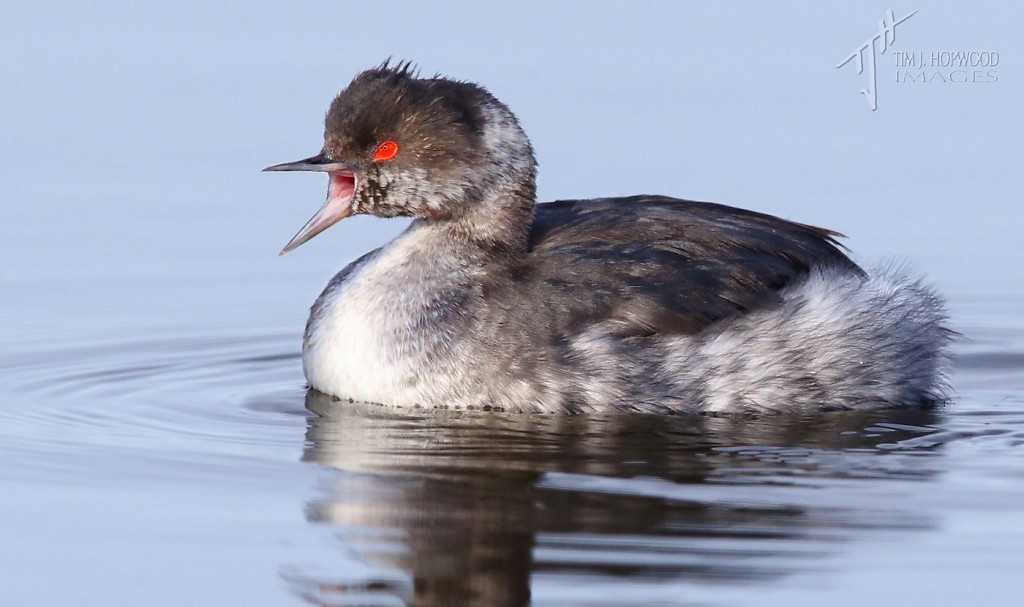
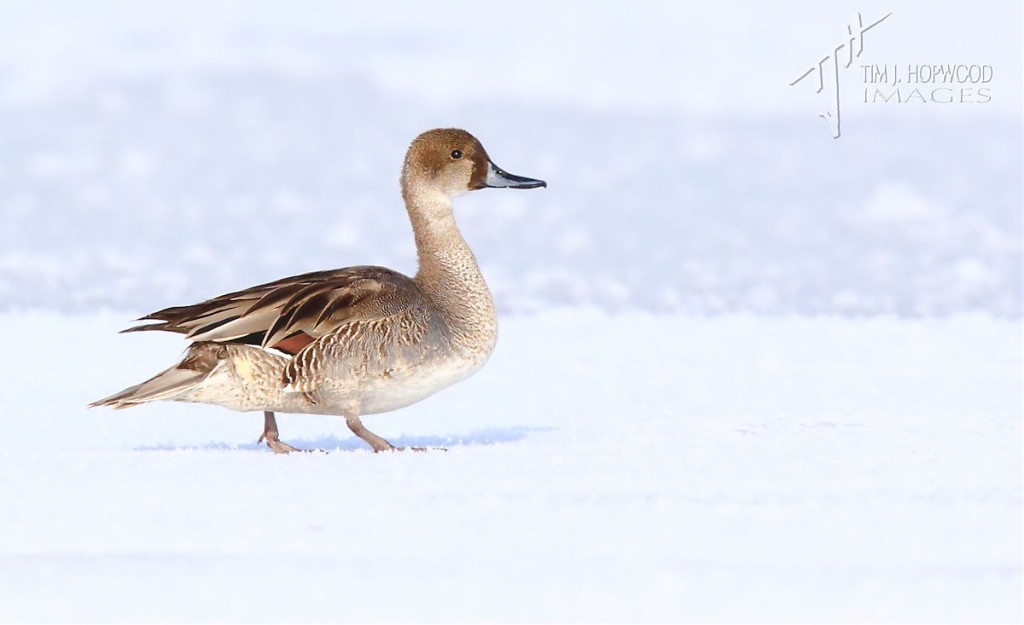
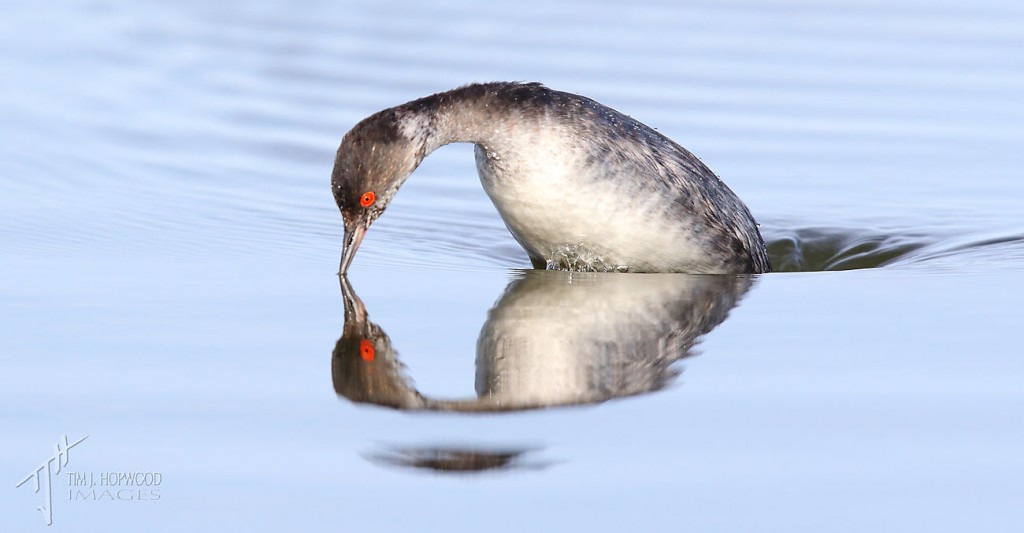
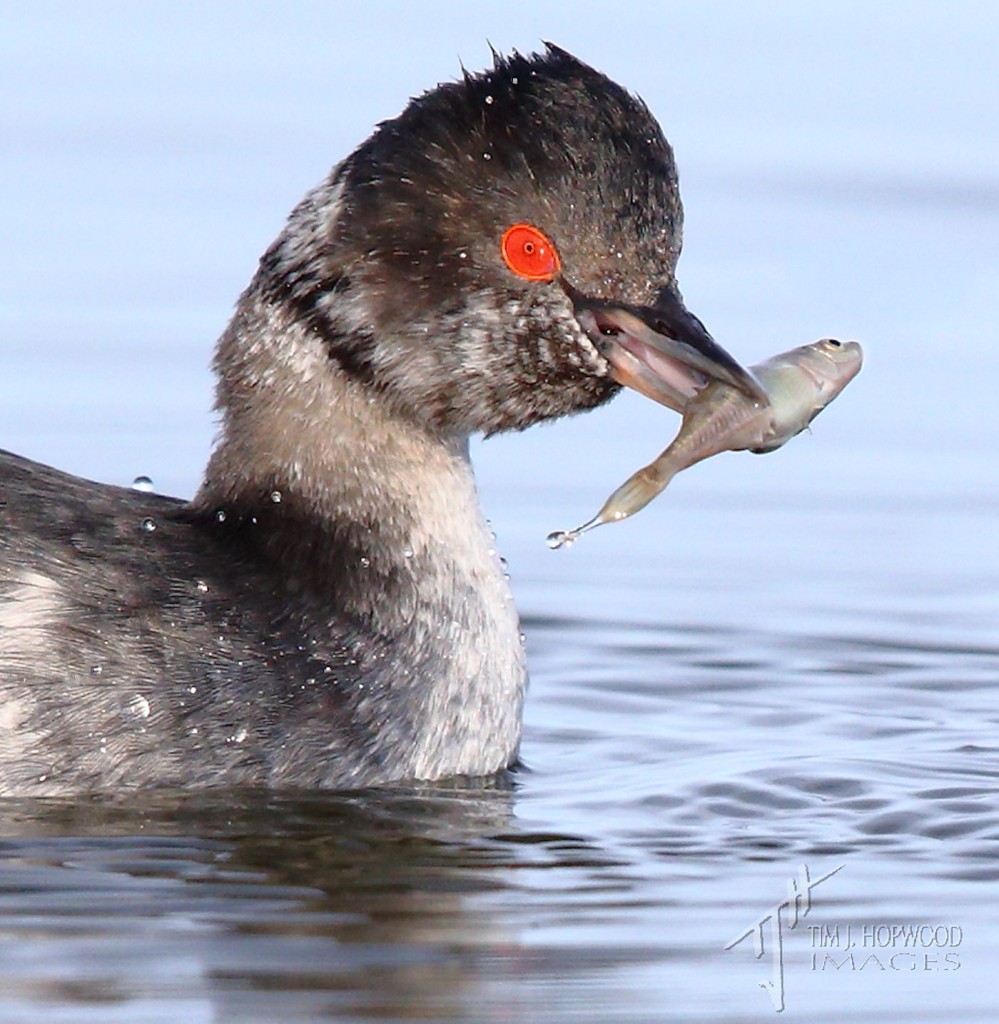
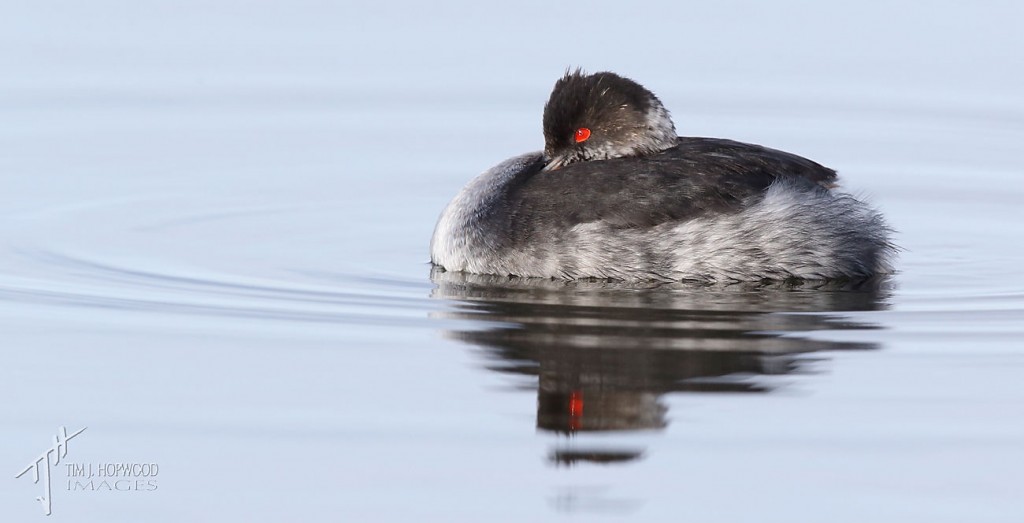
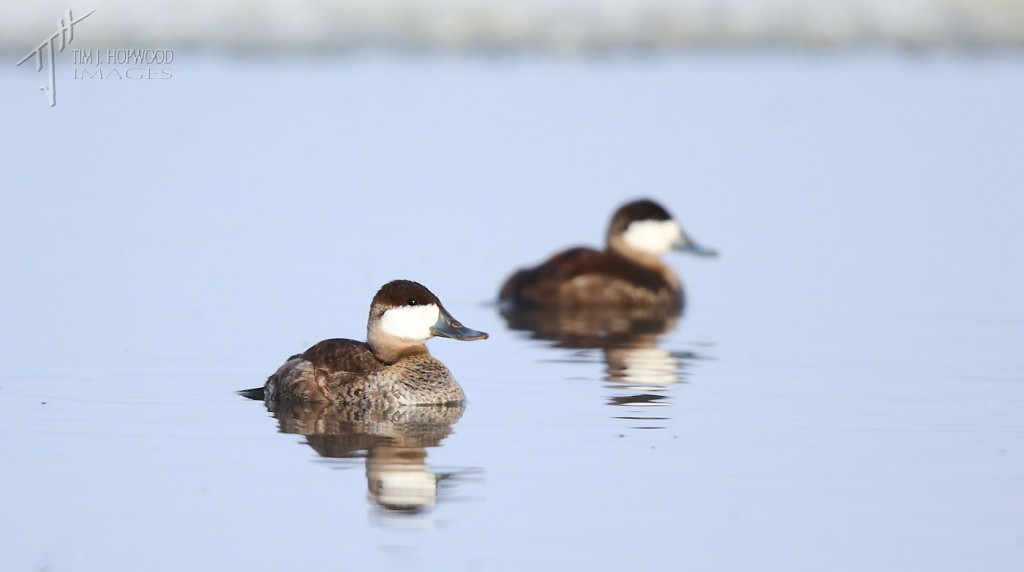
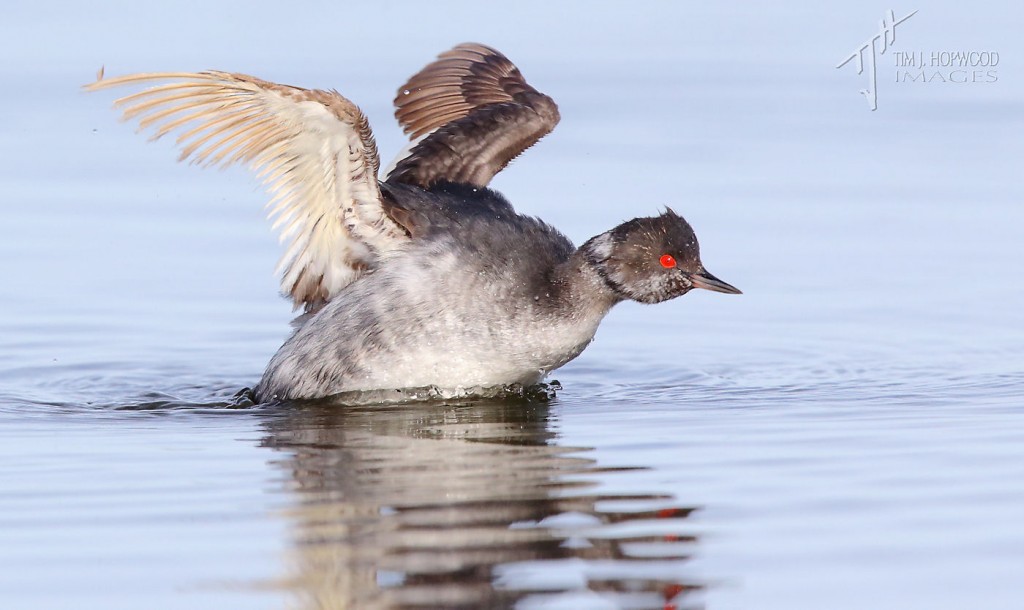
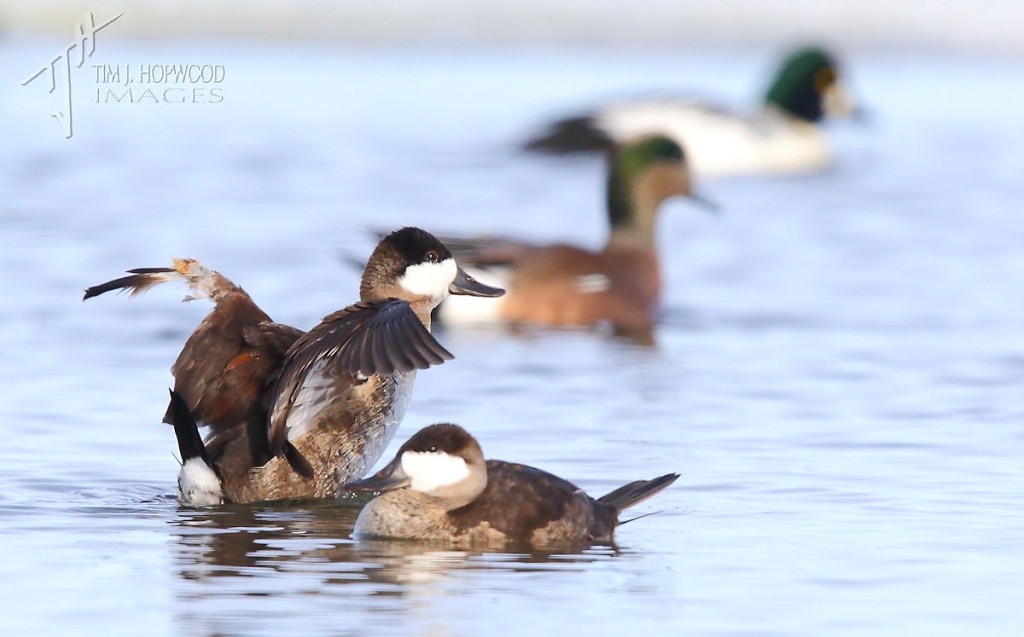
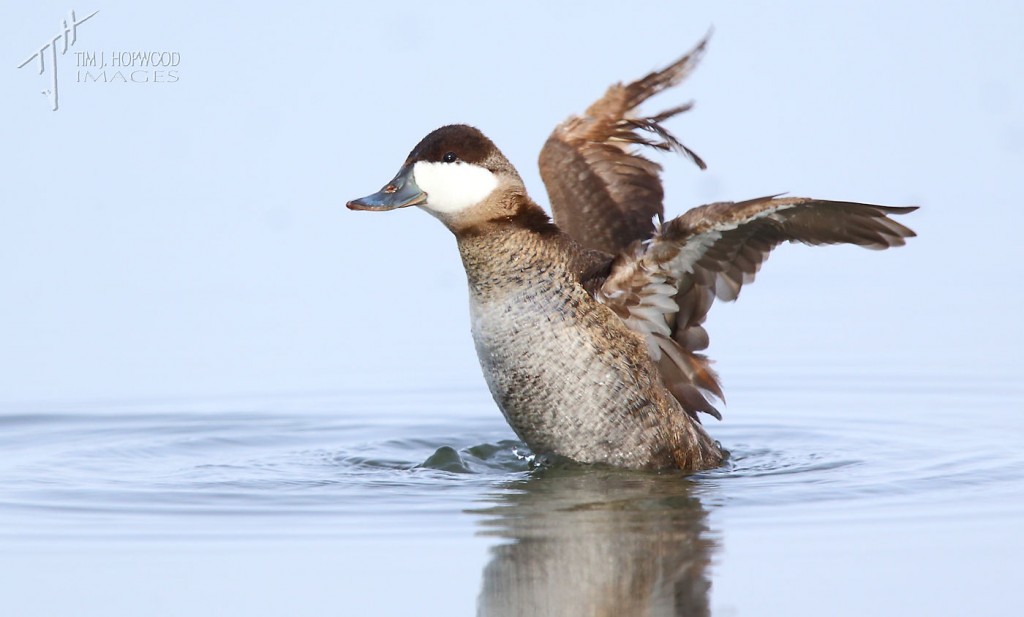
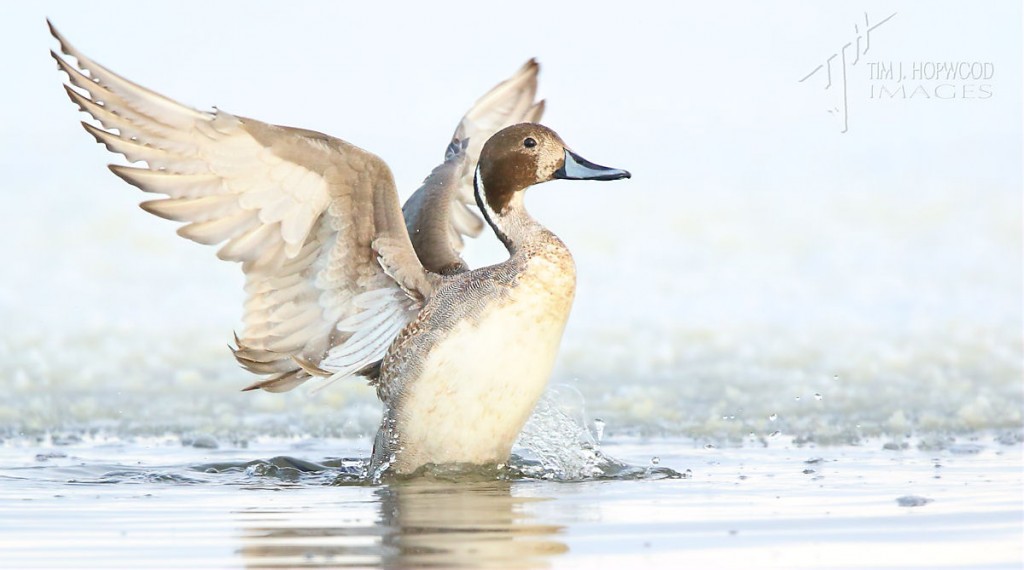
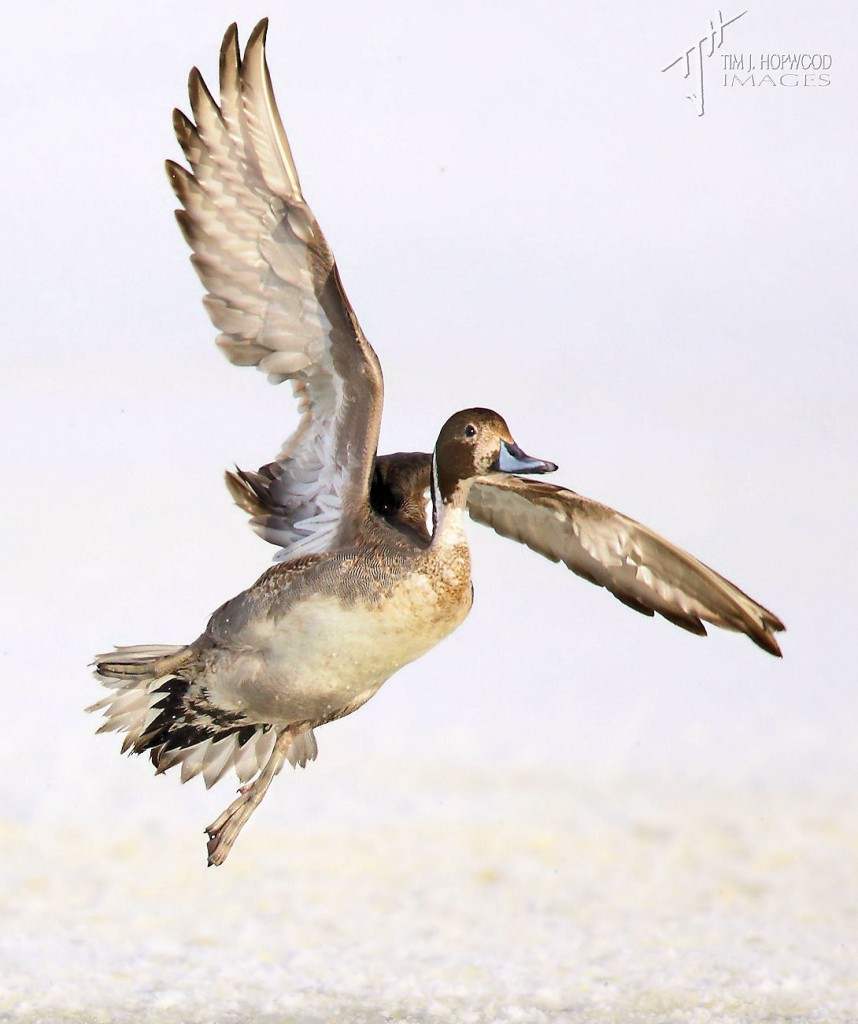
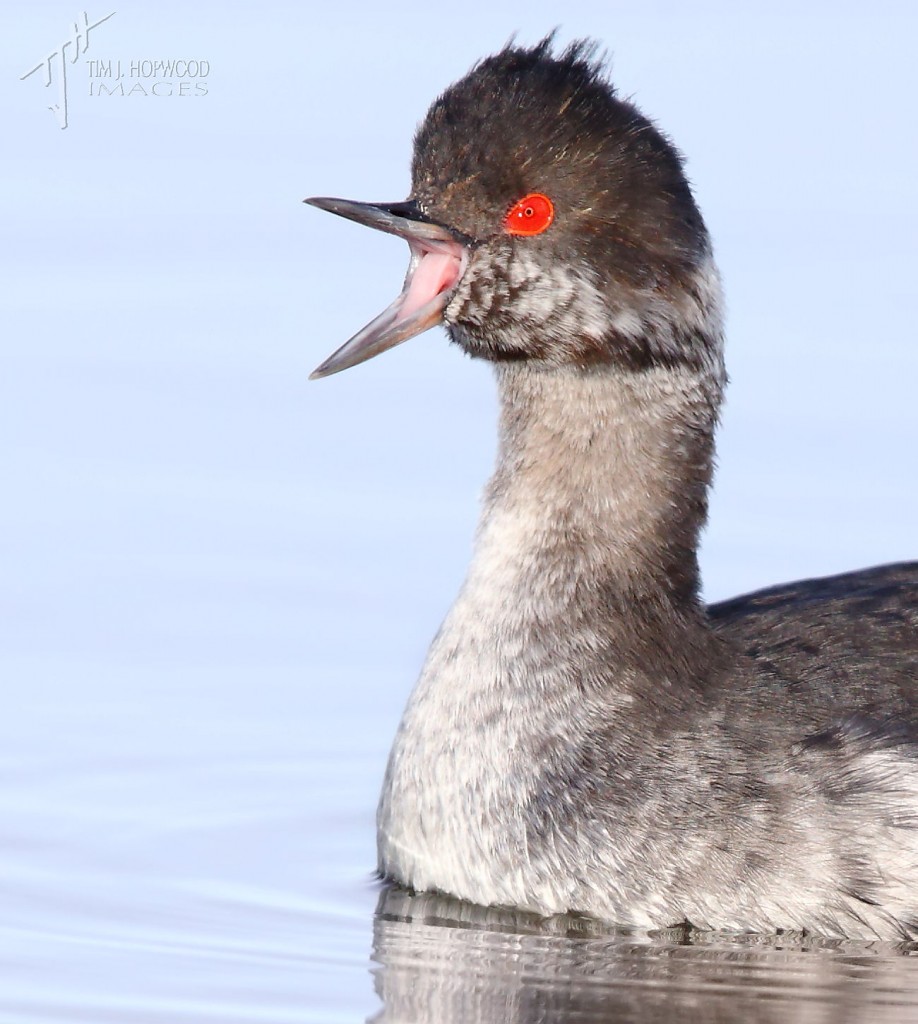
Pingback: Birding News #52 | Prairie Birder
Excellent blog post, if a bit sad. And I hope people will, someday, learn to be less moronic (but I’m not holding my breath).
Hi Bob – the first photo of the “Gadwall-Pintail” hybrid was taken on 23 Nov, while the later photos (that look much more like a pure Pintail) were taken nearly 5 weeks later on 29 Dec. I’m pretty confident it is the same bird in all photos as it had a pronounced limp on both visits. So, that info together would support the ID as a molting pure Pintail. Thanks for the correction! Cheers, Tim.
Great post, and disturbing to hear about the harassment of the ducks. The first photo of the Gadwall/Pintail appears to be a different bird from the others showing it attempting to fly. Is the second bird a hybrid or a pure Pintail?